Raising chickens in your backyard has a lot of good points, but sometimes you’ll run into problems. This could be anything from a sick chicken, a predator getting in, or even dealing with things like lice or mites.
This problem is caused by a tiny bug called ‘Knemidocoptes Mutans’ that digs under the skin on a chicken’s legs, eating the hard stuff the skin is made of.
This digging makes the chicken’s legs irritated, makes their leg scales get thick and crusty as the skin stuff leaks out, and makes the scales stick out. The legs can look bumpy and you can see big spaces between the scales.
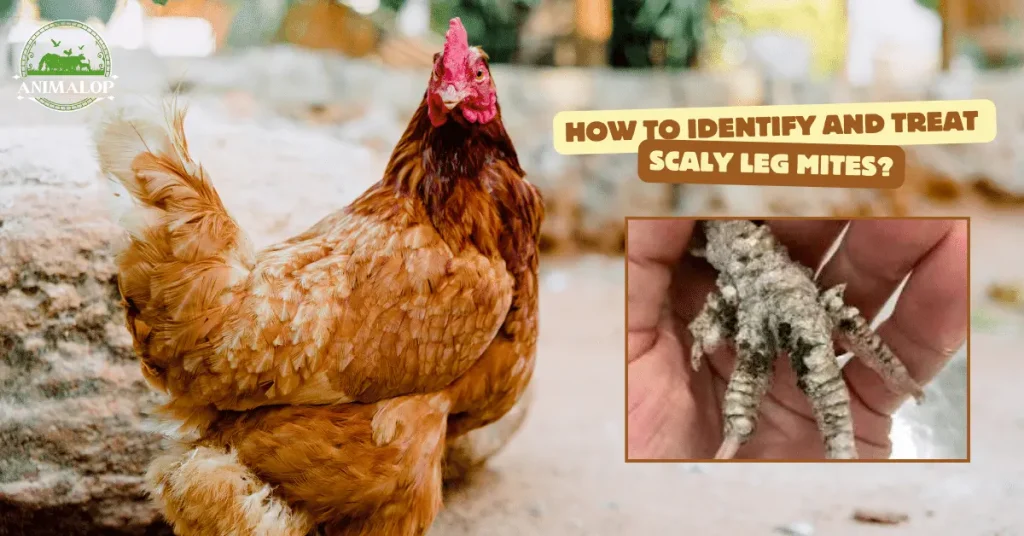
Even though it doesn’t really hurt the chickens, it can make them uncomfortable.
Also Read: Bumblefoot Chicken: Causes, Symptoms, Treatment, & Prevention
What Are Scaly Leg Mites
A chicken’s legs and feet are covered in tiny bugs called leg mites. If you don’t deal with them, they can cause a lot of problems.
They can spread from one chicken to another, so if one gets them, you’ll probably have to treat all your chickens or at least watch them closely. If you ignore it, these mites can lead to pain, weirdly shaped legs, missing toes, or make it hard for the chickens to walk.
| Factors | Details |
|---|---|
| Causes | Caused by Knemidocoptes Mutans, a mite that burrows into chicken legs. |
| Symptoms | Swollen, rough, crusty legs and feet; scales stick up or flake off. |
| Treatment | Soak in warm Epsom salt water, apply Bye-Bye, and Boo-Boos spray, and cover with petroleum jelly or Vicks Vaporub. For severe cases, consult a vet for Ivermectin. Clean the coop thoroughly. |
Symptoms Of Scaly Leg Mites
Ever noticed how chicken legs have scales on them?
When a chicken is healthy, its legs look smooth, kind of like how a snake’s belly looks. You can see the scales, but they are smooth and tight to the skin.
But if a chicken gets scaly leg mites, its legs, and feet start looking really rough and bumpy, kind of like a warty crocodile or toad’s skin.
Signs that a chicken has these mites include:
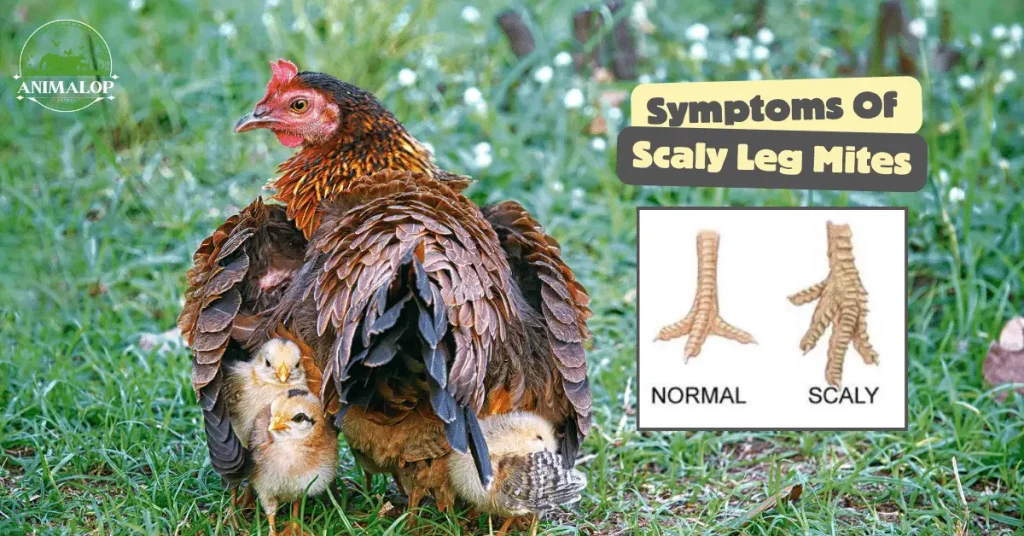
- Swollen legs and feet
- Rough, crusty legs and feet
- Scales that stick up or have scabs on them
- Scales starting to flake off (this is one of the first signs you might notice)
- Bumpy scales
If you don’t do anything about these mites, the chicken’s legs and feet can get so swollen and sore that the chicken might have trouble walking, get infections, or even lose parts of its feet.
Chickens that are already weak, like those that are low in the pecking order, sick, or dealing with other parasites, will have a harder time with scaly leg mites.
How to Treat Scaly Leg Mites?
There are different ways people suggest treating scaly leg mites, but I think the most natural method works best.
- Warm water mixed with Epsom salts should be used to soak the chicken’s legs and feet.
- After that, spray their legs and feet with a product called Strong Animals Chicken Essentials Bye-Bye, Boo-Boos. Do this right after the soak.
- Next, cover all the affected areas with a thick layer of petroleum jelly. Some people also use Vicks Vaporub because the mites don’t like the menthol in it and start to leave. To really help, you may need to repeat these steps a few times over a week.
- There are stronger treatments out there, too. For really bad cases, some vets might give Ivermectin, but it’s best to talk to your vet before trying it.
- Finally, you need to give your chicken coop a thorough cleaning (scrubbing and washing) to get rid of these pests, or they’ll just keep coming back.
Don’t Miss: What Are The Symptoms And Treatment Of Worming Chickens
How to Prevent Scaly Leg Mites?
Dealing with these kinds of problems can be a hassle and not very fun when you’re raising chickens in your backyard. But, keeping their living space clean and dry can really help avoid most of these issues!
Cleaning out your coop thoroughly a few times a year, making sure it stays dry, using lots of bedding (the deep litter method), and using a product called Coop Recuperate can really make a difference for your chickens.
It’s all about being ahead of the game when it comes to your chickens’ health and living conditions.
Another product I swear by is Preen Queen™. It’s a powder you can add to where your chickens take dust baths.
It has natural citronella and peppermint oils in it, which pests like lice and mites don’t like, so they keep away from your chickens. It’s super easy to use; just sprinkle it where your chickens like to dust bathe, either in a spot you’ve set up or where they’ve made their own spots.
Keeping your chickens healthy from the inside out is also key to keeping pests at bay. This means having a clean coop, which we already talked about, and feeding them a good diet.
I feed my chickens layer pellets mostly, with some kitchen scraps and treats now and then. Every day, I add something called Chicken E-lixir to their water.
It’s a daily vitamin that keeps them hydrated and healthy with prebiotics, electrolytes, calcium, organic oregano oil, and vitamins D & E. I really believe Chicken Elixir has kept my chickens in top shape!
Using products from Strong Animals Chicken Essentials has made keeping my chickens healthy a lot simpler. Their products, with essential oils, take the guesswork out of how to keep my flock in good health.
FAQs
Final Thoughts
For my chickens, keeping them healthy and mite-free comes down to simple, everyday care. I focus on keeping their home clean, using natural treatments like Epsom salts, and adding special products to their dust baths.
Plus, giving them the right food and vitamins keeps them strong. It’s all about the basics: clean living, good food, and a little extra care to keep those pesky mites away.

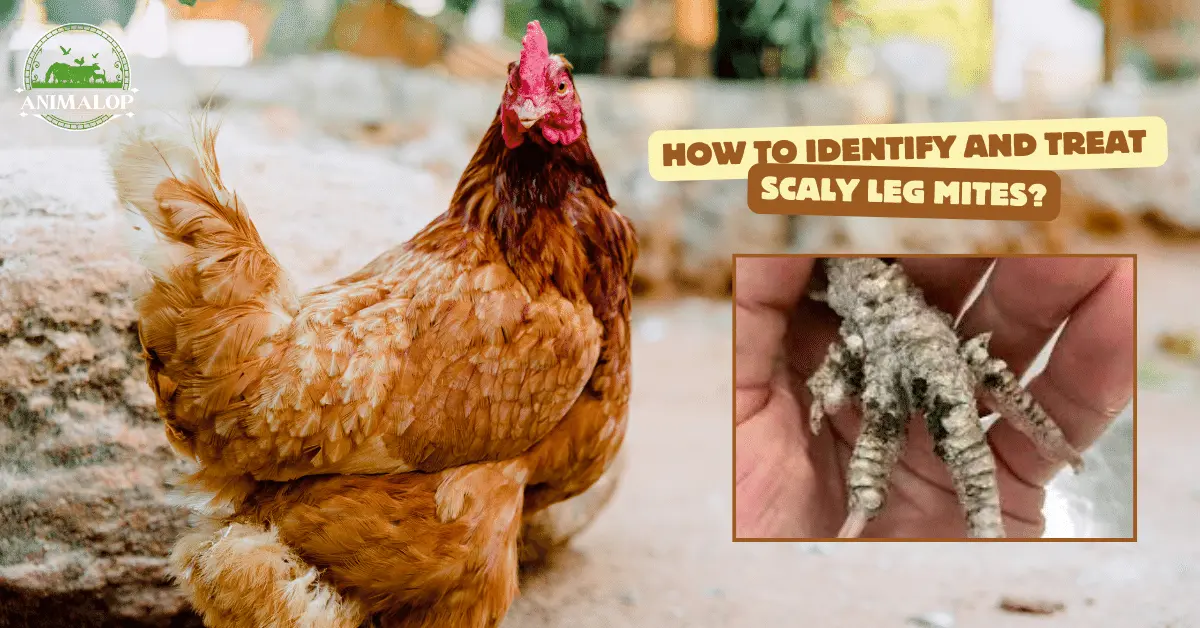
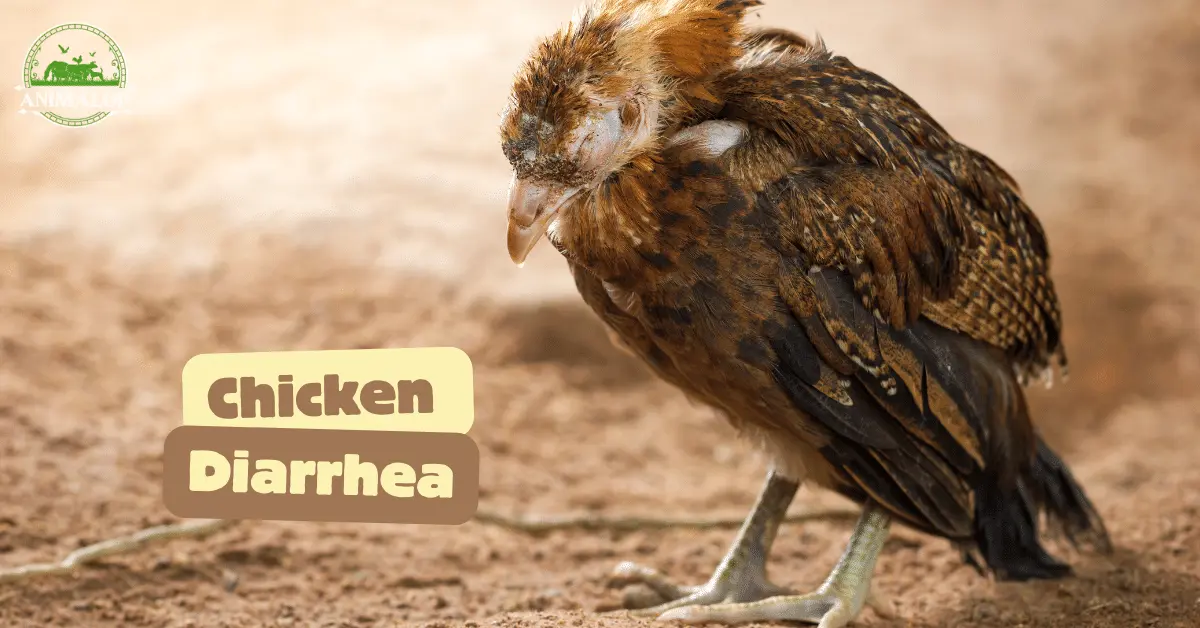
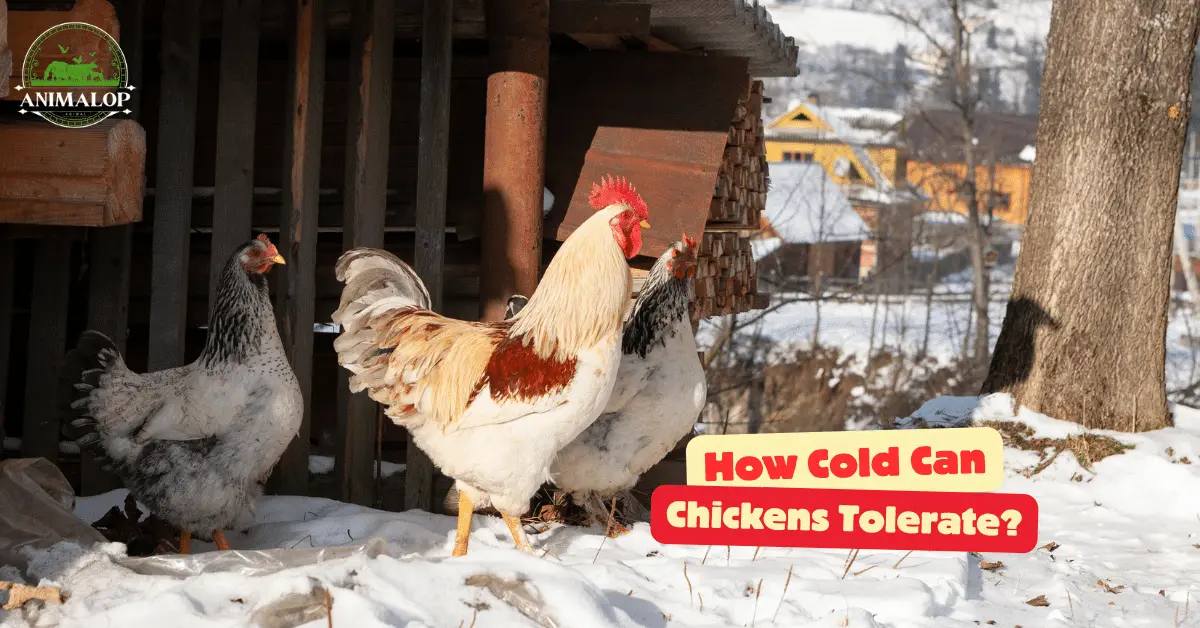
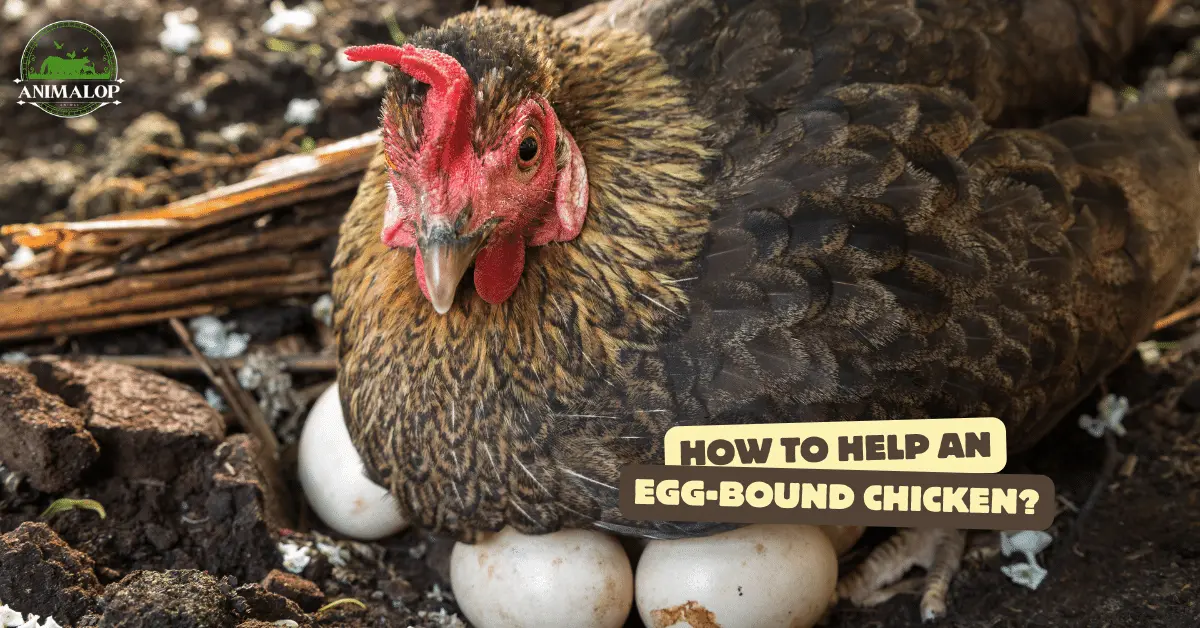
2 Comments on “How To Identify And Treat Scaly Leg Mites?”